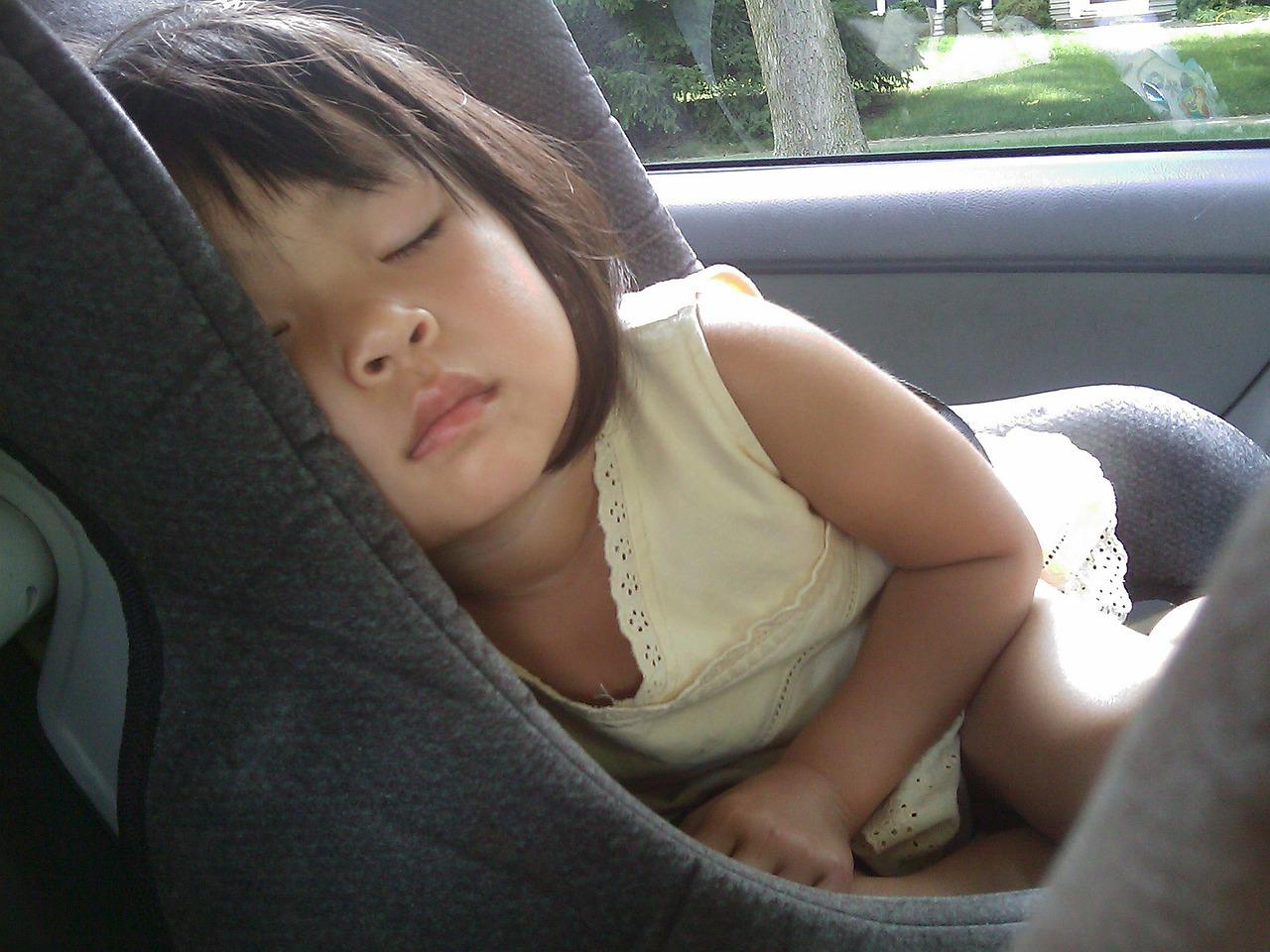Ensuring that your child is safe in a car seat doesn’t end by purchasing quality seats.
Unfortunately, it is estimated that more than 50% of those who use car seats misuse or install their car seats wrongly.
Even if you are traveling a short distance, your child should be safe in their seat. Interestingly, most collisions occur within a five-mile distance from your home.
Avoid the following common car seat mistakes for assured safety.
1. Placing the Seat in the Wrong Spot
Even if you purchase a high-quality Diono car seat, placing it in the wrong spot won’t guarantee safety. Ideally, the safest place to position your car seat is the center of your back seat.
Generally, the car seat should be away from airbags. If the seat is placed close to an airbag in the front seat, an inflating airbag can hit the child’s head, causing fatal injuries.
Among other safety regulations, you should only use car seats on one-row vehicles, such as pickup trucks, if the airbag can be temporarily disabled.
While placing the center of the back seat is the safest, ensure that it fits properly. If the center seat has a hump or is narrow, consider the rear passenger seat.
2. Installing the Seat or Buckling Your Child Incorrectly
Make sure that you thoroughly read the manual of your car seat to understand the installation and buckling process.
To start, ensure that the seat is compatible with your vehicle and is secured tightly. It should allow not more than 2.5cm (1-inch) side to side or front to back movement.
Always check the seat before buying, before installing, and after installing. For those using the rear-facing convertible or infant-only seats, keep the following in mind:
- Follow the instructions in the car seats’ manual when using the harness slots. Usually, the harness should be placed below or at the child’s shoulders
- Buckle the chest clip and harness straps snugly. Ensure that the chest clip is even with the child’s armpits
If you aren’t sure about this, have the car seat installed by a professional the first time.
3. Switching to a Forward-Facing Seat
It is best to start with a convertible car seat, which can be initially placed facing the rear and later forward.
Convertible seats also have higher rear-facing height and weight limits than infant-only seats.
Use a rear-facing car seat until the child reaches the height and weight recommended by car seat manufacturers.
4.Transitioning to Seat Belts too Soon
Most children can use seat belts safely at the age of eight to 12 years. Your child can safely use adult seat belts if:
- They reach a height of 4 feet, 9 inches or 1.5 meters.
- They sit against the back of your car seat with knees bent at the edge and can stay in this position throughout the trip
- The lap belt lies across the child’s upper thighs and not the stomach
Endnote
Car seats are essential for both new and seasoned parents. Avoiding these mistakes improves your child’s safety in the car seat.

